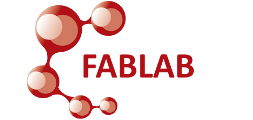FABLAB - Forensic, analytical & bioanalytical laboratories
Componenti
- Alladio Eugenio (Ricercatore/Ricercatrice)
- Anfossi Laura (Professore/Professoressa ordinario/a)
- Baggiani Claudio (Professore/Professoressa ordinario/a)
- Di Nardo Fabio (Ricercatore/Ricercatrice)
- Pazzi Marco (Ricercatore/Ricercatrice)
- Salomone Alberto (Professore/Professoressa associato/a)
- Vincenti Marco (Professore/Professoressa ordinario/a)
- Serra Thea (Dottorando/a)
- Testa Valentina (Dottorando/a)
- Cavalera Simone (Ricercatore/Ricercatrice)
Contatti
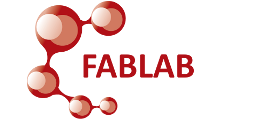
Settore ERC
Attività
Il Laboratorio di Chimica Bioanalitica si occupa dello sviluppo di metodiche di analisi innovative in campo alimentare, ambientale, clinico e forense, con particolare riferimento alle tecniche immunoanalitiche e allo sviluppo e utilizzo di materiali nanostrutturati a stampo molecolare.
Research Activity 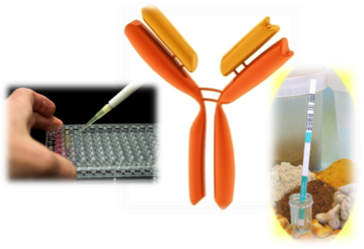
- Immunochemical techniques are widely employed as screening methods for measuring a variety of substances for clinical, environmental and food analysis, thanks to their selectivity, sensitivity, rapidity, ease of execution and cheapness.
- From the immunogen design to the development and validation of a working immunoassay, through: preparation of reagents (protein/enzyme conjugates, gold colloidal-labelled immunoreagents); optimization of key parameters (reagent feature/amount, reaction times…); establishment of fit-for-purpose extraction .protocols from complex matrices (Figure)
Development of innovative immunochemical methods of analysis in variable formats and using disparate technologies (homogeneous assays, ELISAs, Lateral Flow Assays) for measuring xenobiotic and natural food contaminants.
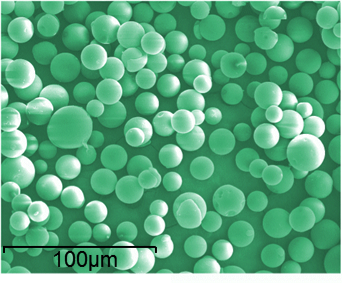 Projects
Projects
- “Development of enzyme immunoassays for the peptide Hepcidin” nell’ambito del progetto: “Towards a point of care analysis of hepcidin in disorders of iron metabolism through nanotechnological devices and assays, MIUR, PRIN2009 (prot. 200989KXFN)
- Innovative analytical methods for the rapid detection of food contaminants”, Regione Piemonte, F.E.S.R.2007/2013 Asse I, Attività I1.3 "Innovazione e PMI" - 2011
- “Development of an enzyme immunoassay for measuring Patulin”, partnership with Generon srl (Modena, Italia)
Research Activity
Research goals: molecularly imprinted polymers (MIPs) and synthetic binding peptides for the isolation, identification and quantitative determination of analytes in clinical, environmental, food and forensic samples.
Research methods: design, development and evaluation of the binding properties of imprinted materials and binding peptide libraries, with the ultimate goal to develop target-selective solid phase extraction devices and artificial antibodies for immunoanalytical applications.
Research results: development of bulk and thin-layered materials with enhanced molecular recognition properties towards given targets, and several applications to real samples
Projects
Towards a point of care analysis of hepcidin in disorders of iron metabolism through nanotechnological devices and assays”: development of EIAs for the peptide hepcidin based on molecularly imprinted surfaces as active recognition elements, (PRIN2009 Torino-Verona).
“MICOMAL – Innovative methods for the extraction and determination of contaminants in food matrices”: development of a combined system of stationary phases based on artificial receptors (combinatorial peptide libraries and MIPs) for the selective extraction of mycotoxins (aflatoxin B1, fumonisin B1, ochratoxin A, zearalenone), (Regione Piemonte 2010).
“Combinatorial peptides for the recognition of steroids”: development of binding peptides for the capture of synthetic androgens in urine samples, (TECNA S.p.A.).
Il Laboratorio di Chimica Forense e dello Sport si occupa dello sviluppo di metodologie analitiche avanzate in campo forense, con particolare riferimento all’utilizzo di tecniche di spettrometria di massa accoppiata alla cromatografia gas/liquida.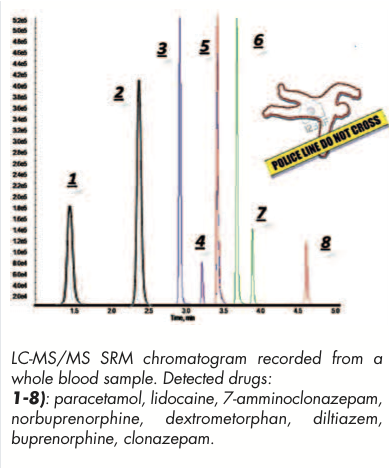
Research goals: application to the state-of-art mass spectrometric techniques for clinical and forensic investigations, ranging from cancer diagnostics in biopsied human tissue, toxicological analyses of challenging human and animal biological matrices (e.g., hair, oral fluid, insects), workplace and roadside drug testing, doping control.
Research methods: Developing of GC-MS and LC-MS/MS protocols for toxicological analyses. Innovative ambient ionization (e.g., desorption electrospray ionization, paper spray) and imaging mass spectrometry experiments. Method validation within national and international protocols, and identification of new methodology strategies. Multivariate data analysis for exploration, modeling and interpretation of experimental data.
Research results: In-depth chemical characterization of biological samples for embryology studies and cancer diagnostics. Up-to-date analytical protocols for toxicological analyses. Drug monitoring and prevention activities. Networking with the Regional Toxicology Center “A. Bertinaria” (CAD), Local Committees for driving licence, Abuse Treatment Services, Police Forces, International Toxicology and Forensic Laboratories.
Projects
"Identification of objective, sensitive and specific criteria to support the diagnosis of chronic alcohol abuse” (CAD, Italy).
“New opportunities to adopt oral fluid samples for therapeutic monitoring and roadside drug testing” (CAD, Italy).
“Desorption Electrospray Ionization (DESI) Mass Spectrometry for Chemical Analysis of Cancer Stem Cells” (Purdue University, USA).
“Upstream lipid metabolism of individual bovine oocytes and preimplantation embryos by DESI-MS and gene expression” (Purdue University, USA – Animal Genetic Institute of Mariensee, Germany).
“Application of innovative mass spectrometric techniques to clinical and forensic investigations” (L’Oreal/UNESCO for Women in Science 2013, Italy).





